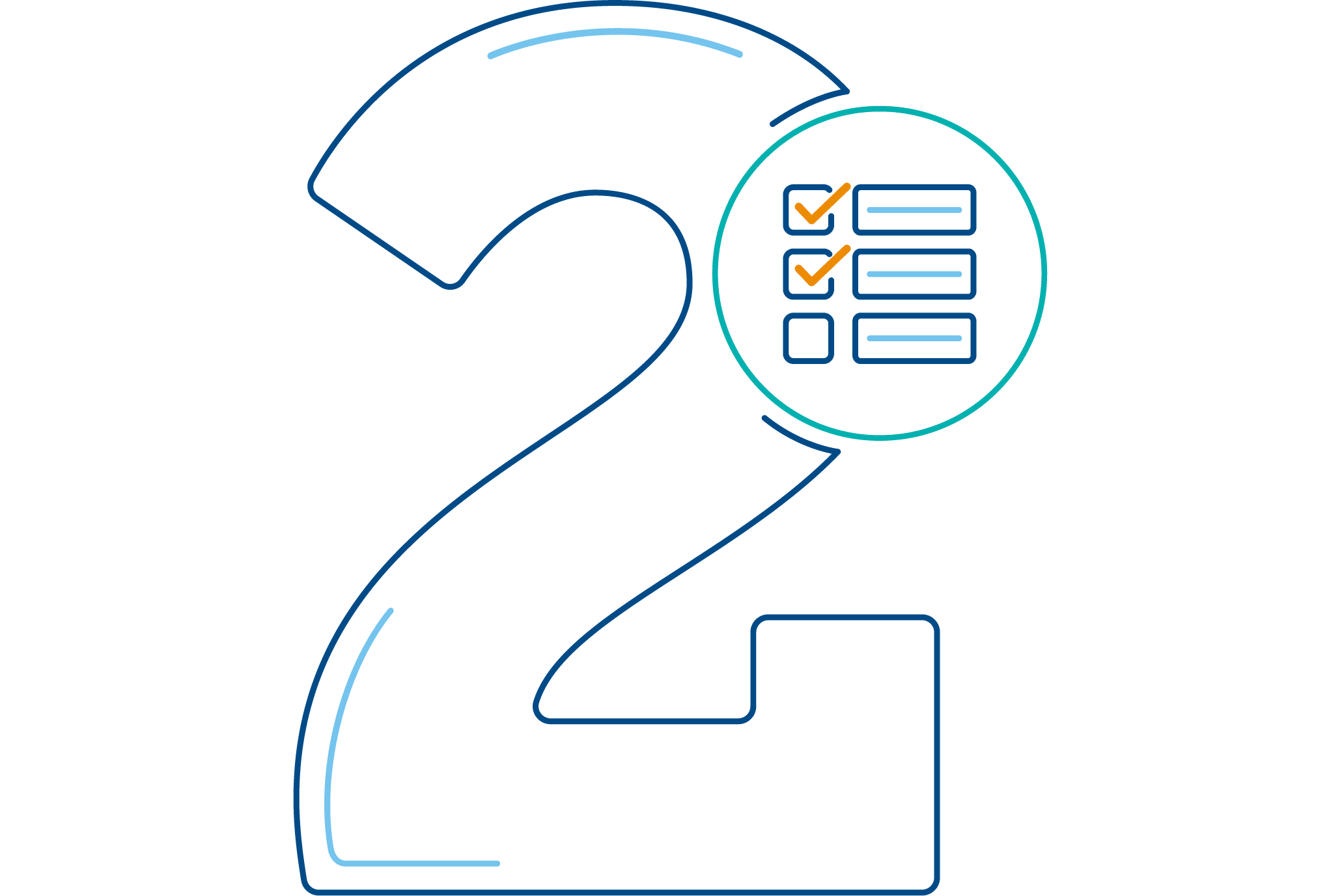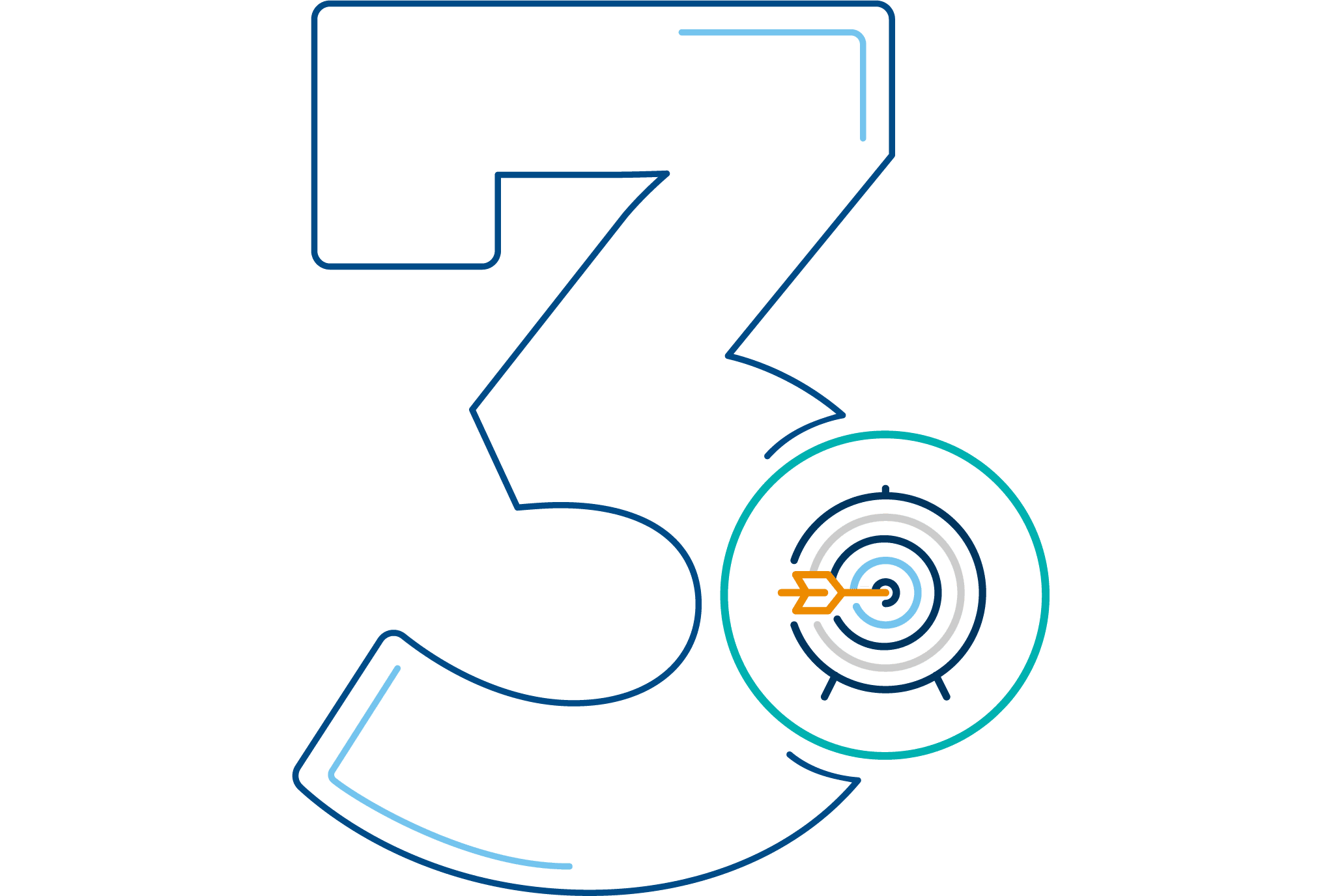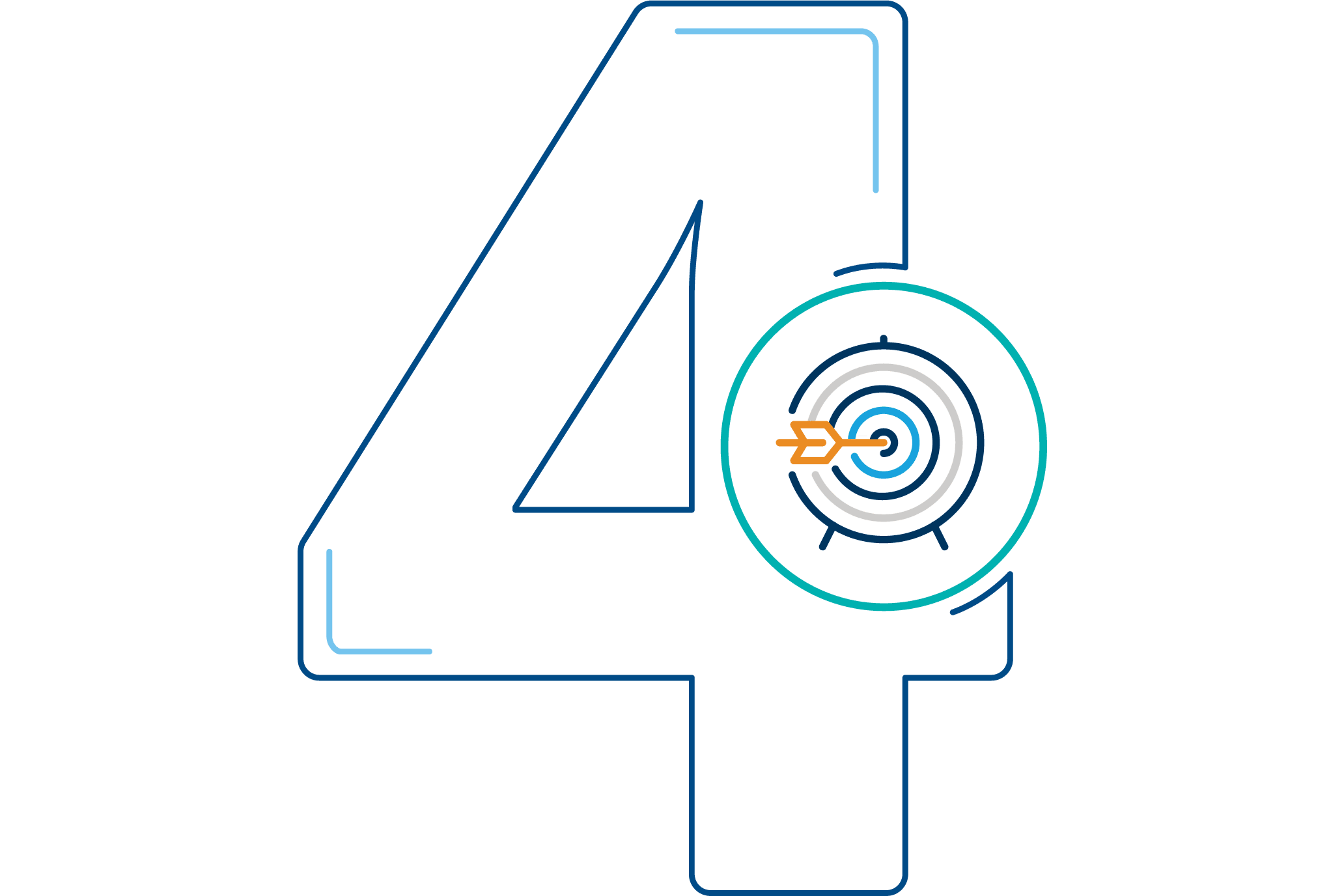Promote Teaching and Learning Strategies that Increase Course Completion
A growing body of research shows how changes to the classroom experience can measurably improve student learning, retention, graduation rates, and post-graduation outcomes. Large required courses with failure rates as high as 30-60% can create retention and time-to-degree issues for hundreds or even thousands of students at a single institution. Unfortunately, highly effective, engaging pedagogy remains the outlier in many programs, and faculty often lack the knowledge of student-centered course redesign.

Overcome common myths about why students fail courses
Though many course-level success factors are outside of an institution’s control, the design of the course, the pedagogy used, and classroom environment created by the instructor all have major effects on course completion. Some studies have shown that, even controlling for academic preparation, the most significant predictor of a student’s grade is their instructor.
To begin student-centered course redesign efforts, academic leaders must overcome common misconceptions about student course failure and identify how they can adapt to improve outcomes.

Identify critical courses to target for learning-centered redesign
While many institutions may recognize course completion as a problem, they struggle with how to begin developing a solution to it. Quantifying DFW rates at the institutional, college, department, and course level can help administrators and faculty understand just how many credits are being lost and how many students are being negatively impacted. While counting incomplete credits is relatively straightforward, determining why students are not passing courses is often significantly more difficult.
Moreover, it is not possible to redesign the majority of courses taught on any campus. Given limited time and resources, it is critical to focus on those courses that have the largest impact on student success and where pedagogical innovation has the most support.

Implement instructional practices to improve course completion rates
There are many elements of course design that can impact student outcomes ranging from pedagogy used to the type and frequency of assessments. For example, in many traditional courses, students are unable to measure their progress until the first summative assessment, typically a midterm exam, which is often too late to course correct.
Using frequent, low-stakes learning assessments helps students check their progress early and often. Moreover, traditional stand-and-deliver lectures fail to engage students while obscuring struggling students. Incorporating student-centered active learning pedagogies in the classroom can improve mastery of competencies and support underprepared students.

Engage faculty in scalable course redesign initiatives
Course completion improvements do not need to come at the expense of academic rigor. NCAT, SCALE-UP, Gateways to Completion, and other student-centered course redesign initiatives have demonstrated through hundreds of implementations that changes in pedagogy can measurably improve completion rates and student learning outcomes even at larger class sizes.
Many of these redesigns also reduce demographic disparities in completion rates. Despite these benefits, many institutions fail to scale these redesigns beyond faculty early adopters. However, to improve learning outcomes and success broadly, academic leaders must encourage redesign across all critical courses.

Now that you've read about broad course redesign programs

Encourage improvement of teaching and learning through feedback and scholarship
While it is essential for faculty to proactively design a student and learning-focused course, they often benefit from in-the-moment advice about the changes they have made to their teaching practice. Most institutions meet this need by offering peer or staff observation services through their centers of teaching and learning.
While this approach gives faculty student and peer feedback about their teaching practice it is difficult to scale and neglects student voices. Employing and training student consultants to provide mid-semester feedback can help overcome some of these challenges.

Build academic confidence and preparation through pre-college transition programs
Even the most carefully designed and taught course will have some students who struggle. Some students arrive on campus with varying levels of confidence and preparation. This can influence early academic performance and sense of belonging on campus, so institutions must create scalable interventions that build academic confidence, sense of belonging, and college navigation skills.
For students who start to go off track, especially in an important required or gateway course, faculty and academic leaders should create “bounce back” opportunities to help students maintain full-time status and progress to degree.

Now that you’ve read about pre-college support

This resource requires EAB partnership access to view.
Access the roadmap
Learn how you can get access to this resource as well as hands-on support from our experts through Strategic Advisory Services.
Learn More